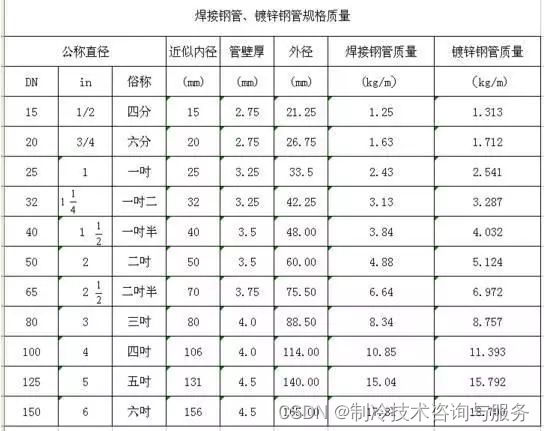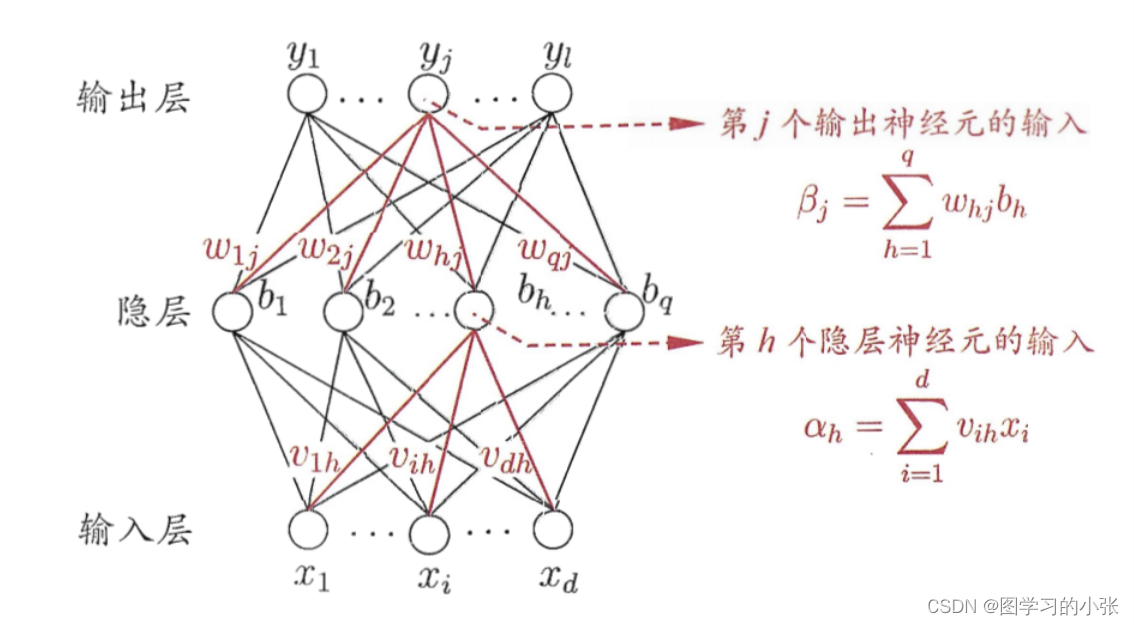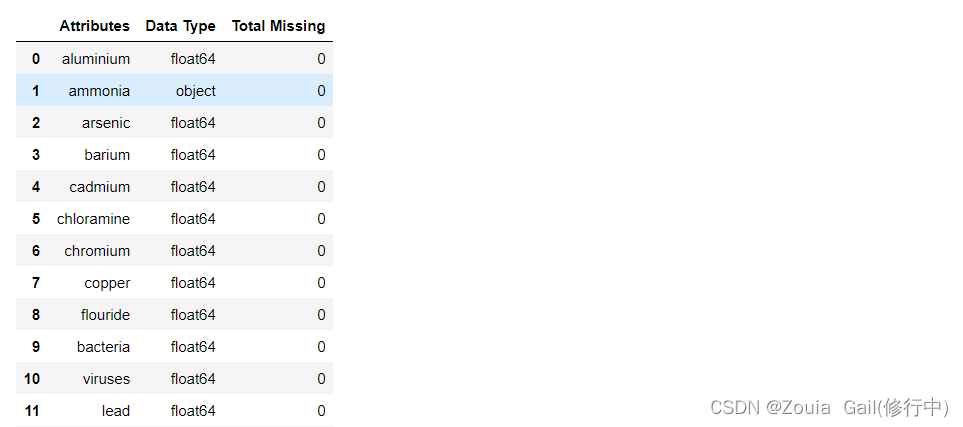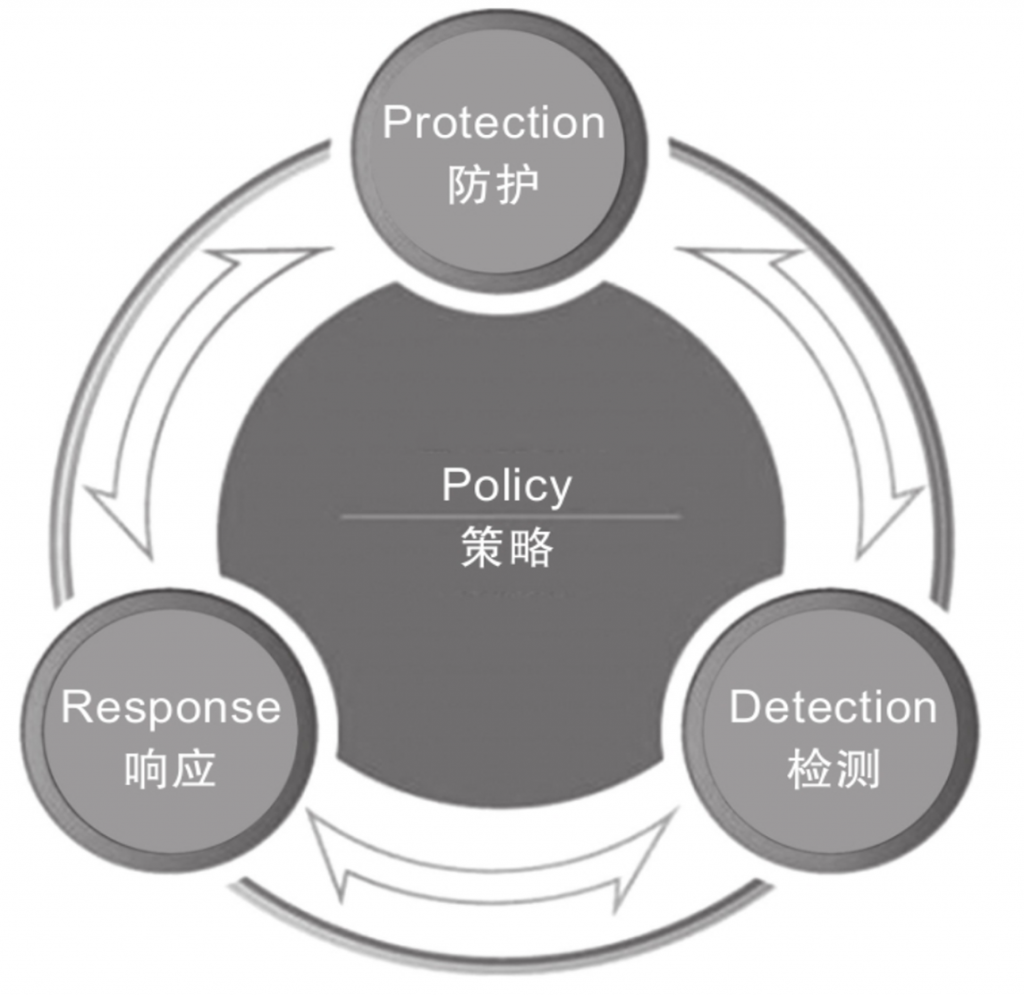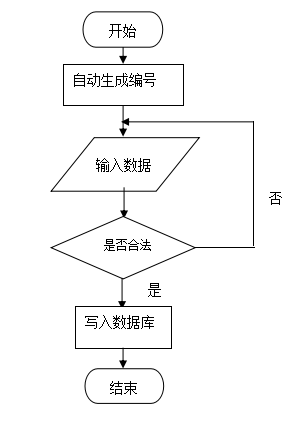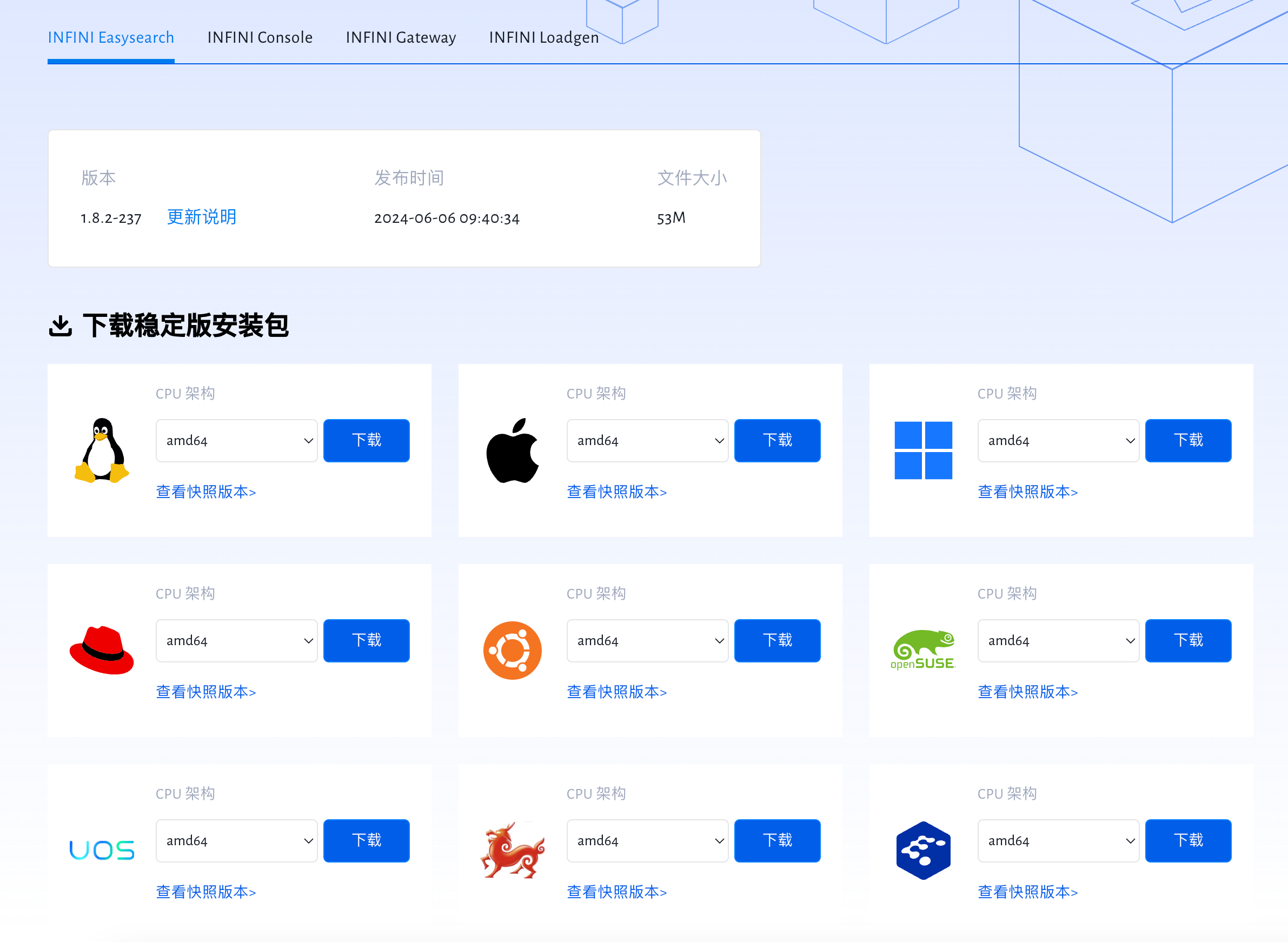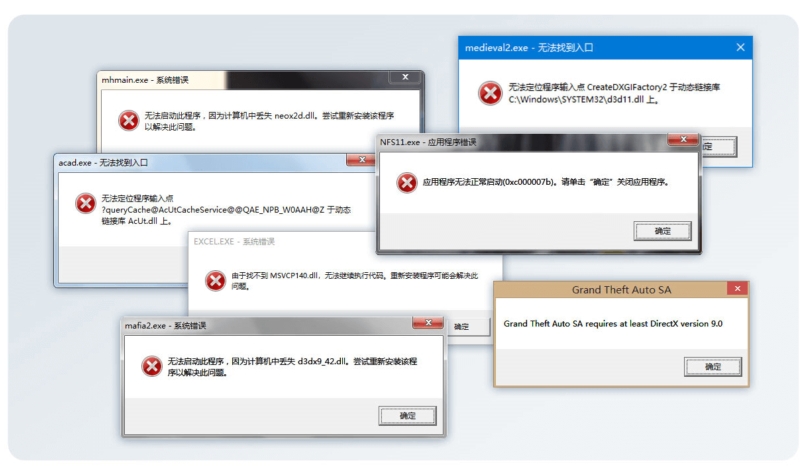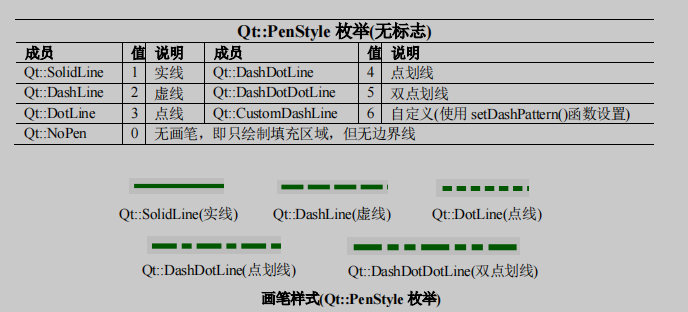偏心变径管
偏心变径管是一种用于连接不同直径管道的管件,其特点是两端的中心线不在同一条直线上。偏心变径管常用于水平管道系统,以确保管道内部流体的平稳流动和避免积水。
偏心变径管的一侧是平的,这使得两端的管道在一侧是对齐的,而另一侧存在高度差。这种结构设计使其在某些特定场景中具有独特的优势,如下图所示。

应用场景
水平管道系统:
在水平管道中,使用偏心变径管可以避免积水或沉积物的堆积。平的一侧通常放置在下方,使液体流动顺畅,防止在变径处形成气袋。
泵的入口和出口:
在泵的入口使用偏心变径管,可以避免泵入口处的气穴现象。出口处使用偏心变径管,有助于保持流体压力的稳定。
流体流动的平稳过渡:
当管道系统中需要从大管径过渡到小管径时,偏心变径管可以提供平稳的流动过渡,减少流体阻力和压力损失。
将粗管和细管直接拼接在一起,构成最简单的

import trimesh
import numpy as np
def create_eccentric_reducer(diameter1=1.0, diameter2=0.5, height1=3.0, height2=2.0, offset=0.25):
# 创建粗圆柱体
cylinder1 = trimesh.creation.cylinder(radius=diameter1 / 2, height=height1, sections=32)
cylinder1.apply_translation([0, 0, height1 / 2])
# 创建细圆柱体
cylinder2 = trimesh.creation.cylinder(radius=diameter2 / 2, height=height2, sections=32)
cylinder2.apply_translation([offset, 0, height1 + height2 / 2])
# 合并两个圆柱体
combined_mesh = trimesh.util.concatenate([cylinder1, cylinder2])
return combined_mesh
# 创建偏心异径管
eccentric_reducer = create_eccentric_reducer()
# 导出偏心异径管模型
eccentric_reducer.export('eccentric_reducer.obj')
不过这样把两个管直接拼在一起,效果很生硬、很不美观。。。

那么我们可以在两条管线之间增加一个过渡的锥体,用来实现平滑连接两条管线的效果。

import trimesh
import numpy as np
def create_smooth_eccentric_reducer(diameter1=1.0, diameter2=0.5, height1=2.0, height2=1.5, transition_length=1.0, offset=0.25):
# 创建粗圆柱体
cylinder1 = trimesh.creation.cylinder(radius=diameter1 / 2, height=height1, sections=32)
cylinder1.apply_translation([0, 0, height1 / 2])
# 创建细圆柱体
cylinder2 = trimesh.creation.cylinder(radius=diameter2 / 2, height=height2, sections=32)
cylinder2.apply_translation([offset, 0, height1 + transition_length + height2 / 2])
# 创建过渡部分
# 计算过渡部分的顶点
angles = np.linspace(0, 2 * np.pi, 32)
top_radius = diameter1 / 2
bottom_radius = diameter2 / 2
top_circle = np.column_stack((np.cos(angles) * top_radius, np.sin(angles) * top_radius, np.full(32, height1)))
bottom_circle = np.column_stack((np.cos(angles) * bottom_radius + offset, np.sin(angles) * bottom_radius, np.full(32, height1 + transition_length)))
# 创建过渡部分的面
vertices = np.vstack((top_circle, bottom_circle))
faces = []
for i in range(31):
faces.append([i, i + 1, 32 + i + 1])
faces.append([i, 32 + i + 1, 32 + i])
faces.append([31, 0, 32]) # 闭合环形部分
faces.append([31, 32, 63])
transition_mesh = trimesh.Trimesh(vertices=vertices, faces=faces)
# 组合所有部分
combined_mesh = trimesh.util.concatenate([cylinder1, transition_mesh, cylinder2])
return combined_mesh
# 创建偏心变径管
eccentric_reducer = create_smooth_eccentric_reducer()
# 导出模型
eccentric_reducer.export('smooth_eccentric_reducer.obj')弯 头
管线弯头(转折)是管道系统中用于改变流体流动方向的重要连接件。它们通常用于管道拐弯处的连接,使管道能够按照所需的角度进行转弯。
我们可以用两条管线拼接的方式来简单地表示一个弯头:

import trimesh
import numpy as np
# 简单转折
def create_cylinder_between_points(start, end, radius, sections=32):
# 计算长度和方向
vector = np.array(end) - np.array(start)
length = np.linalg.norm(vector)
direction = vector / length
# 创建圆柱体
cylinder = trimesh.creation.cylinder(radius=radius, height=length, sections=sections)
# 计算旋转矩阵
z_axis = np.array([0, 0, 1])
rotation_axis = np.cross(z_axis, direction)
rotation_angle = np.arccos(np.dot(z_axis, direction))
rotation_matrix = trimesh.transformations.rotation_matrix(rotation_angle, rotation_axis)
# 应用旋转和平移
cylinder.apply_transform(rotation_matrix)
cylinder.apply_translation(start + vector / 2)
return cylinder
def create_elbow_fitting():
# 定义管线的起终点坐标和管径
start_A, end_A = [0, 0, 0], [1, 0, 0] # 管线A
start_B, end_B = [1, 0, 0], [1, 1, 0] # 管线B
radius_A = 0.5 / 2
radius_B = 0.5 / 2
# 分别创建管线
cylinder_A = create_cylinder_between_points(start_A, end_A, radius_A)
cylinder_B = create_cylinder_between_points(start_B, end_B, radius_B)
# 组合管线
elbow_fitting = trimesh.util.concatenate([cylinder_A, cylinder_B])
return elbow_fitting
# 创建转折模型
elbow_fitting = create_elbow_fitting()
# 可视化模型
elbow_fitting.show()
# 导出模型
elbow_fitting.export('wantou1.obj')
不过这种表示方法的缺点很明显,管线转折处会有明显的缝隙。

我们可以给转折点填充一个球体(球体直径 = 管线管径),用来避免转折点的缝隙:

import trimesh
import numpy as np
# 90°转折+球填充
def create_cylinder_between_points(start, end, radius, sections=32):
# 计算长度和方向
vector = np.array(end) - np.array(start)
length = np.linalg.norm(vector)
direction = vector / length
# 创建圆柱体
cylinder = trimesh.creation.cylinder(radius=radius, height=length, sections=sections)
# 计算旋转矩阵
z_axis = np.array([0, 0, 1])
rotation_axis = np.cross(z_axis, direction)
rotation_angle = np.arccos(np.dot(z_axis, direction))
rotation_matrix = trimesh.transformations.rotation_matrix(rotation_angle, rotation_axis)
# 应用旋转和平移
cylinder.apply_transform(rotation_matrix)
cylinder.apply_translation(start + vector / 2)
return cylinder
def create_elbow_fitting():
# 定义管线的起终点坐标和管径
start_A, end_A = [0, 0, 0], [1, 0, 0] # 管线A
start_B, end_B = [1, 0, 0], [1, 1, 0] # 管线B
radius_A = 0.5 / 2
radius_B = 0.5 / 2
# 创建直管部分
cylinder_A = create_cylinder_between_points(start_A, end_A, radius_A)
cylinder_B = create_cylinder_between_points(start_B, end_B, radius_B)
# 创建球体来填补转折处的缝隙
sphere_radius = max(radius_A, radius_B)
sphere = trimesh.creation.icosphere(subdivisions=3, radius=sphere_radius)
sphere.apply_translation([1, 0, 0])
# 组合所有部分
elbow_fitting = trimesh.util.concatenate([cylinder_A, sphere, cylinder_B])
return elbow_fitting
# 创建转折模型
elbow_fitting = create_elbow_fitting()
# 可视化模型
elbow_fitting.show()
# 导出模型
elbow_fitting.export('wantou2.obj')


